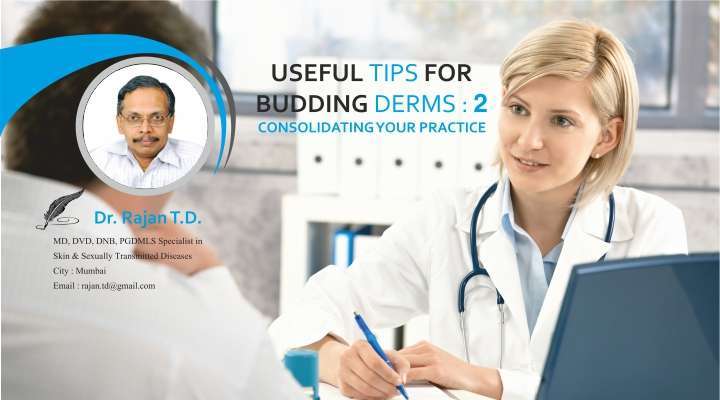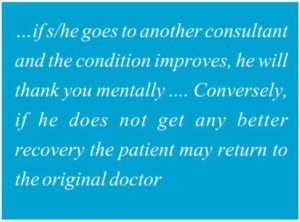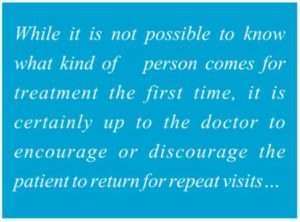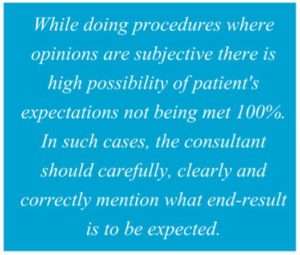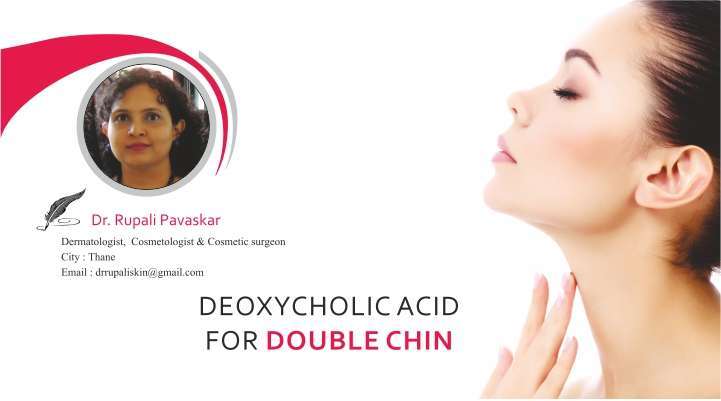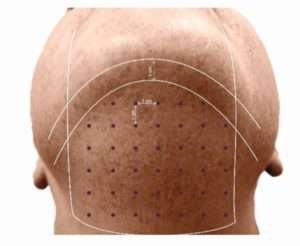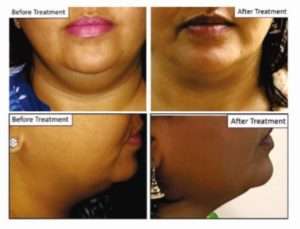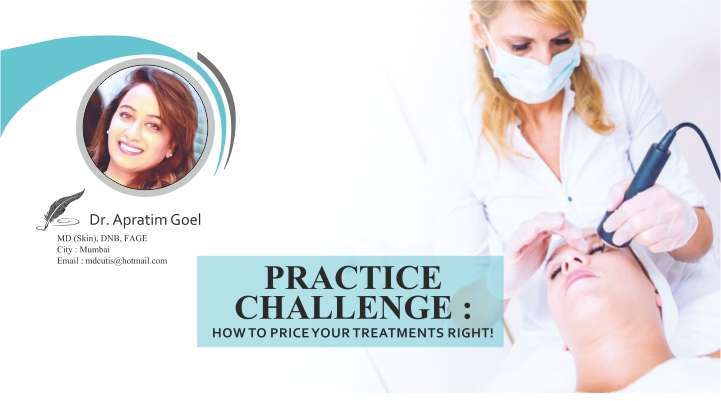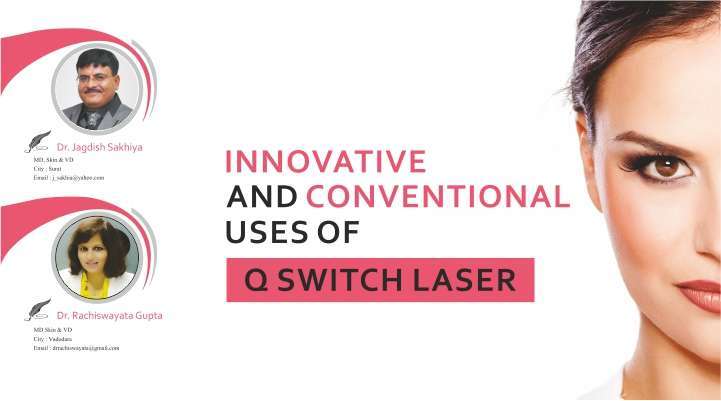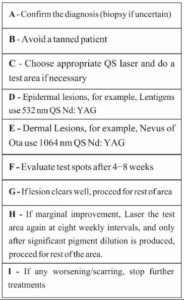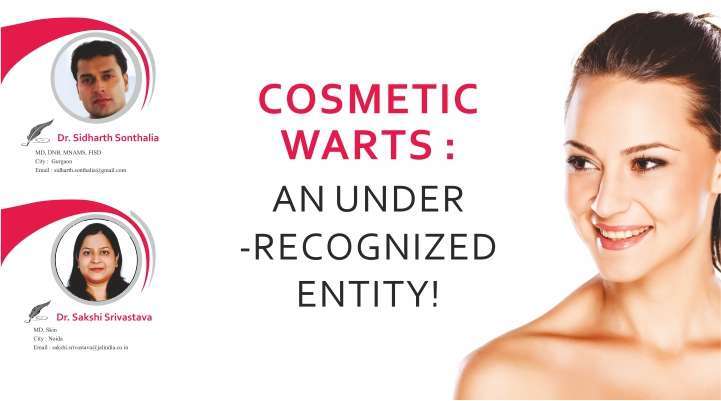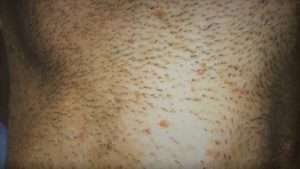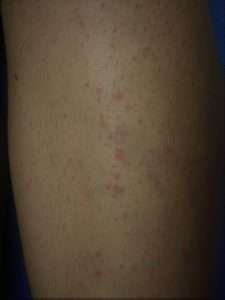It’s vital even with a prolific practice. Learn the art of saving your time.
In the initial phase of a doctor’s career, he/she tends to listen to each and every patient carefully and empathetically. Factors such as limited number of patients, the desire to get rapidly established, less experience, the attitude to learn and desire to serve better than anybody else encourage him/her to listen to patients attentively. Gradually, as the number of patients grows, the doctors become more experienced and knowledge expands, paucity of time becomes a constraint. Even if he/she wants to, he/she finds him/herself unable to listen to the patients the way he/she used to in early days of his/her practice.
With the passage of time, as a result of the experience and knowledge of years, the doctor starts diagnosing the problem within a moment without listening to the full complaint list of the patient. Of course, the diagnosis and the treatment are generally accurate and the results are also effective but the patients, at times, begin to feel ignored and develop the impression that the doctor has grown indifferent. The doctor’s practice is not affected by this beyond a point because he is top-notch in his diagnosis and treatment, but it does affect the satisfaction level of the patient.

At present, most of the doctors face a similar situation. They are, at times, not fully aware of the shortcoming that has crept into their practice. They may continue to believe that they listen and attend to patients in the same manner and yet their patients may not be happy. At some deeper level, they do ponder over this however that ‘How can I devote so much time in listening to each patient while I have such a large number of patients to attend to?’ It may be a good idea to pause and ponder for each doctor. Is it not everyone’s experience as a doctor in present times?
On one hand, you are required to attend to a large number of patients every day and on the other hand you also wish to satisfy your patients by giving them your focused attention. Before we dig deep into ‘How to overcome this situation?’, let us get clarity on ‘Why is it important to listen to your patients?’

Why?
- You attend to a number of similar types of patients every day.However, this is a fact only you are aware of! Your patient doesn’t know that.
- Your patients perceive their illness as unique. But for you, he is just one more patient with similar symptomsand established treatments.
- If you start writing a prescription immediately after listening to one or two complaints only, he feels that your prescription addresses only those two complaints, because he/shefeels you have not listened to his full list of complaints. He/she believes that the remaining complaints are not dealt with in the prescription, even if your diagnosis is based on your knowledge of the full list of complaint associated with described symptoms.
- Many a timeyou would have observed in many ailments, a good listener is all a patient needs in addition to his treatment, and listening to the patient dramatically impacts his health.
- By listening to your patients, you can unravel many hidden fixations which may be a part of their illness as well as their socio-economic status and psychological factors.
Now as we have cleared the ‘Why’, let us explore ‘How to listen to your patients carefully and still save your time?’
How?
- The first and foremost way is that history should be taken thoroughly by a counselor or a receptionist. Your counselor should educate the patients that this is for the patients’ Before the doctor interacts with the patient, he will have the complete case history of the patient on his table. This will save the doctor’s time and all the complaints will be addressed properly.
- Keep some brochures in the waiting room. Having patients’ awareness brochures of different diseases along with the common symptoms, and a TV presentation running on the television to educate patients on different diseases and symptoms will help save your time. Many a time some of you may perceive TV presentation and brochures are just sales tool meant to boost your revenue, but it is not so. It also helps in patient satisfaction and in saving your time.
- As the patient starts talking about symptoms of his disease, you should start adding more relevant symptoms of the disease. It will be easier for you to note additional symptoms which will save your time. As you add the relevant symptoms, he perceives that you are totally aware of the complete scenario and you understand the disease Hence, not only does he get due satisfaction but you are saving your time too and you are perceived as an expert.
- You should give an impression to your patient that you are aware of the prevailing contagion.Convey to the patient that this ailment is widespread currently, and that you treat numerous patients for the same disease every day. When you communicate in this fashion, you win the confidence of your patient and he perceives that you are aware about all the existing health issues. Again you save time and patient satisfaction would be high.

- Another way of keeping balance between patient satisfaction and saving time is to give them the example of your immediate previous patient who may have been suffering fromthe same illness, or your past patients with similar This would also help patients relate to this and gain confidence about your treatment.
- Avoiding unnecessary conversation on irrelevant topic will allow you to focus more on the patient’s problem and listen to him/hercarefully which again will save your time.



